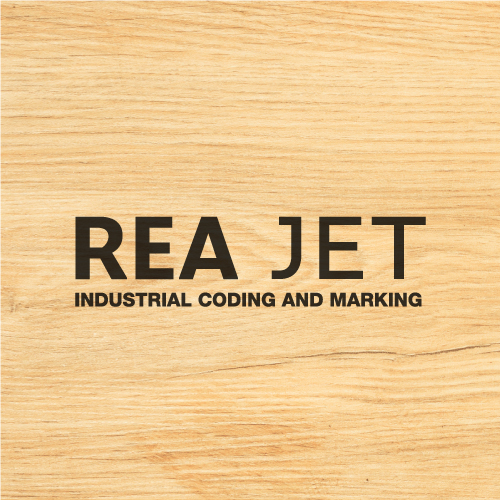
Corporate Logo Design Ideas
Crafting an iconic corporate logo design that resonates with both you brand and your audience is both an art and a science.
It all begins with ideas.
Logo design ideas are everywhere, if you know what to look for.
Corporate logo design ideas can be found in the most unexpected places, from the natural curves and shapes in architecture to the symbolic colors and patterns in cultural artworks, providing endless inspiration for creating a unique brand identity.
Your logo is going to be a key part of your corporate brand identity.
For startups and established businesses alike, the logo is often the first point of interaction with the outside world.
This guide delves into effective strategies for creating compelling corporate logos, along with practical tips and inspiration.
How to Design a Corporate Logo
Designing a corporate logo requires a clear understanding of your brand’s essence and how it wants to be perceived in the marketplace.
Here are steps to guide you through the process. This is the process we take our clients through when helping them with their logo designs.
-
Understand Your Brand: Reflect on what your brand stands for, its core values, mission, and the market it serves. This foundational understanding is really the starting place for informing your design direction.
-
Research Your Audience: Who are your potential customers? A logo that appeals to a tech-savvy young adult might look very different from one targeting luxury consumers.
-
Check Out the Competition: Analyze logos from similar companies. What works? What doesn’t? However, it’s important to differentiate rather than imitate.
-
Brainstorm Ideas: Use brainstorming sessions to generate a variety of design concepts. This can involve sketches, mood boards, and even metaphorical thinking related to the brand.
-
Refine Your Design: Choose a promising design and refine it, focusing on simplicity and versatility across various uses.
What Are the 5 Things a Logo Design Should Be?
A successful corporate logo embodies five key characteristics:
Simple: A simple logo design ensures that it is easily recognizable and memorable.
Complexity can dilute the impact and make it difficult for people to recall.
Simple logos are also more versatile when it comes to their application across various media.
Versatile: A well-designed logo should be functional across a variety of media and applications.
It should look good on different backgrounds, work well in different sizes, and be effective in both color and black-and-white.
Designers often start by crafting logos in black and white to focus on the shape and form before adding color.
Timeless: The best logos withstand the test of time.
While it’s tempting to embrace current design trends, a logo should remain effective and relevant long after these trends have faded.
Opting for a classic and enduring design over a trendy one ensures the logo stays effective for many years.
Appropriate: The logo should be appropriate for the business it represents.
It should resonate with the target audience and reflect the company’s branding and identity.
For instance, a law firm and a children’s toy store would have very different logo designs that speak to their specific audiences.
Scalable: A logo must maintain its impact and legibility at all sizes.
A good logo should be scalable, meaning it should work well when scaled down to the size of a postage stamp or scaled up to the side of a building.
Corporate Logo Examples
Looking at successful corporate logo examples is a great way to gain inspiration.
Brands like Apple, Nike, and Coca-Cola have logos that are not only iconic but also reflect these five key characteristics effectively.
Analyzing these can provide valuable insights into successful corporate identity strategies.
Corporate Logo Design Inspiration
For fresh ideas and new perspectives, consider the following for inspiration:
-
Nature and Environment: Many companies incorporate natural elements into their designs to signify growth, life, or sustainability.
-
Geometric Shapes: Using geometric shapes can create a sense of stability and structure, making them great for businesses in technology, finance, and law.
-
Cultural References: Elements from art, culture, or history can lend uniqueness and depth to a logo, making it stand out and resonate on a deeper level.
Selecting Design Companies for Startups
Choosing the right design company is pivotal for startups because a logo often forms the cornerstone of a brand’s identity.
Opt for design firms that specialize in corporate identity to ensure that they understand logo design standards and can translate your business values into a powerful visual symbol.
Logo Design Best Practices
Adhering to logo design standards ensures not only aesthetic appeal but also practical applicability.
Beyond the fundamental principles of logo design, there are several practical best practices that designers can follow to create effective and impactful logos.
When designing a logo, start by creating the design in black and white to focus on shape and concept, ensuring it works effectively without color.
The design should tell the brand’s story through every element, using symbols, shapes, and a limited color palette that reflects the brand’s personality and distinguishes it from competitors.
These are just the beginning of best practices to help you meet corporate logo design standards.
If you need help in creating a logo that not only looks professional but also works effectively across all branding touchpoints, feel free to give us a call.
We’re happy to help make sure your corporate logo serves its purpose as the cornerstone of your brand’s visual identity.
At the End of the Day
A well-thought-out corporate logo serves as more than just a visual identifier; it encapsulates a company’s brand and values in a single emblem.
By following these guidelines, businesses can create logos that not only capture the essence of their brand but also appeal to their target audience effectively.






